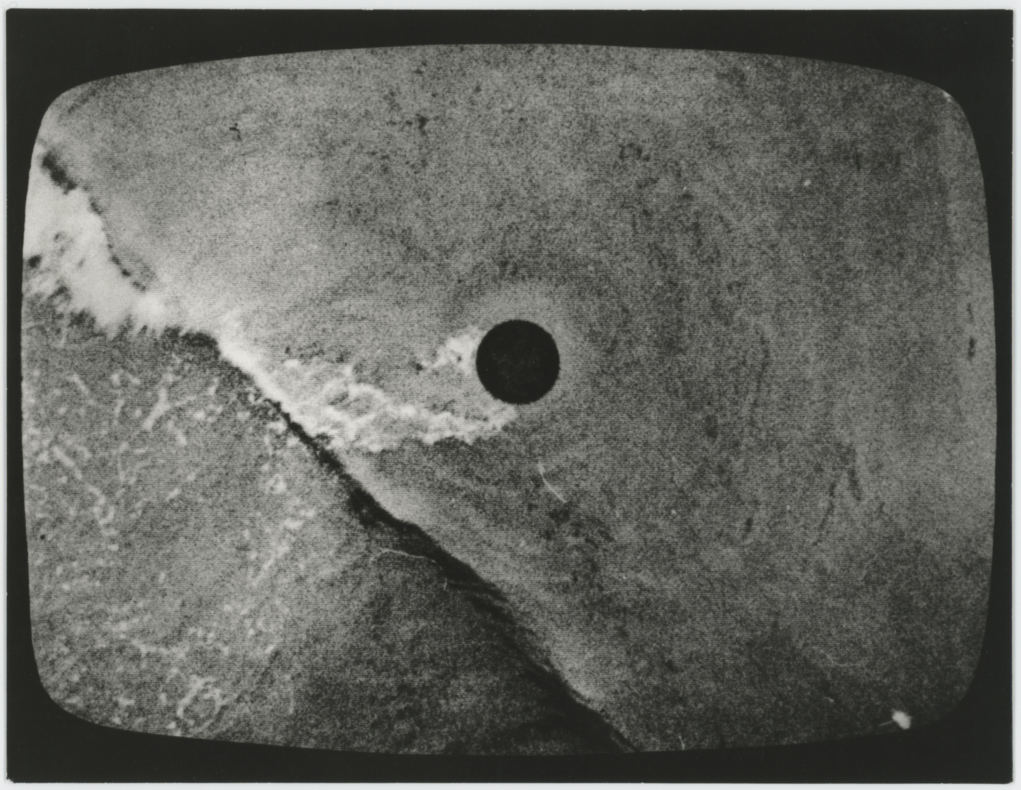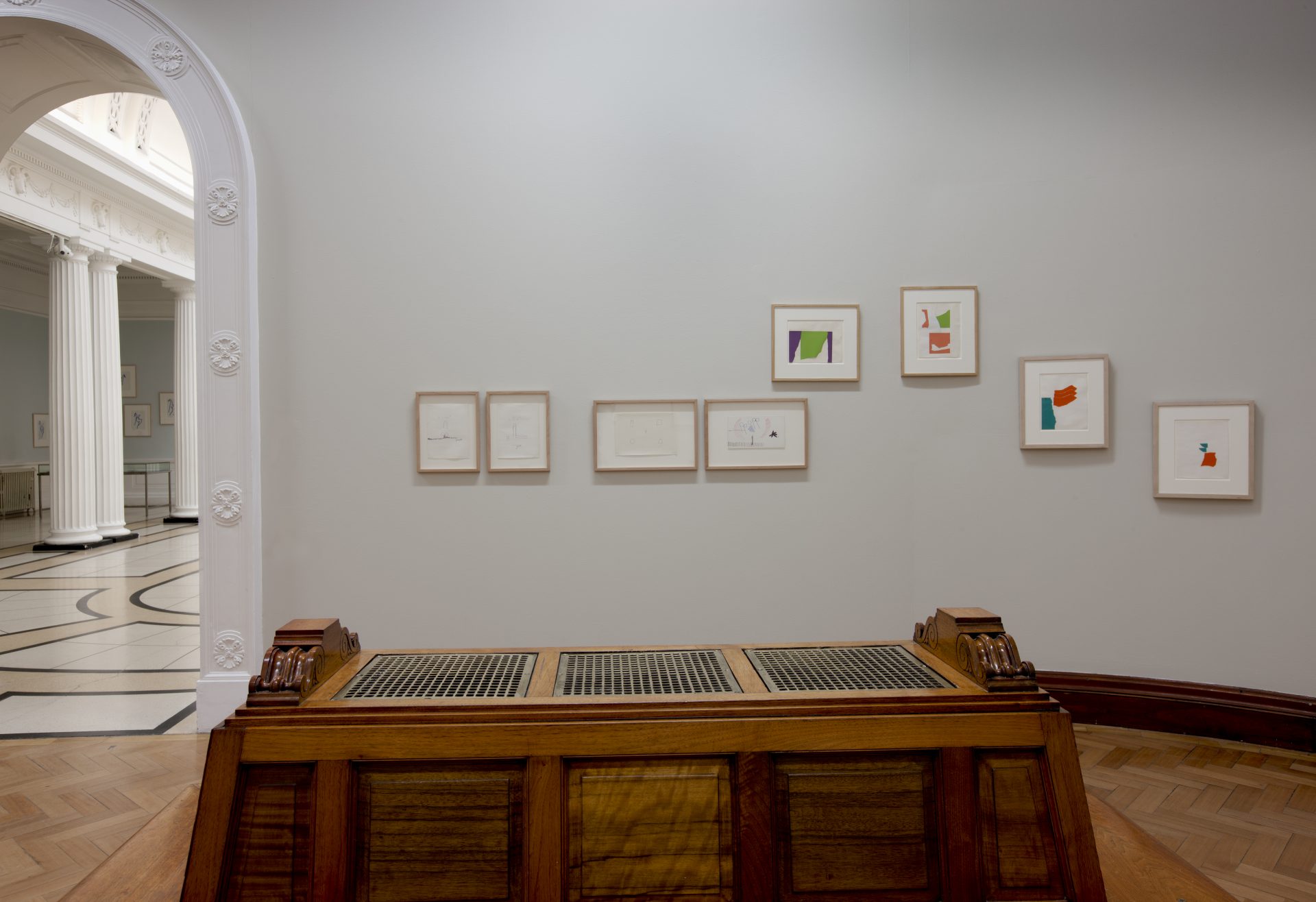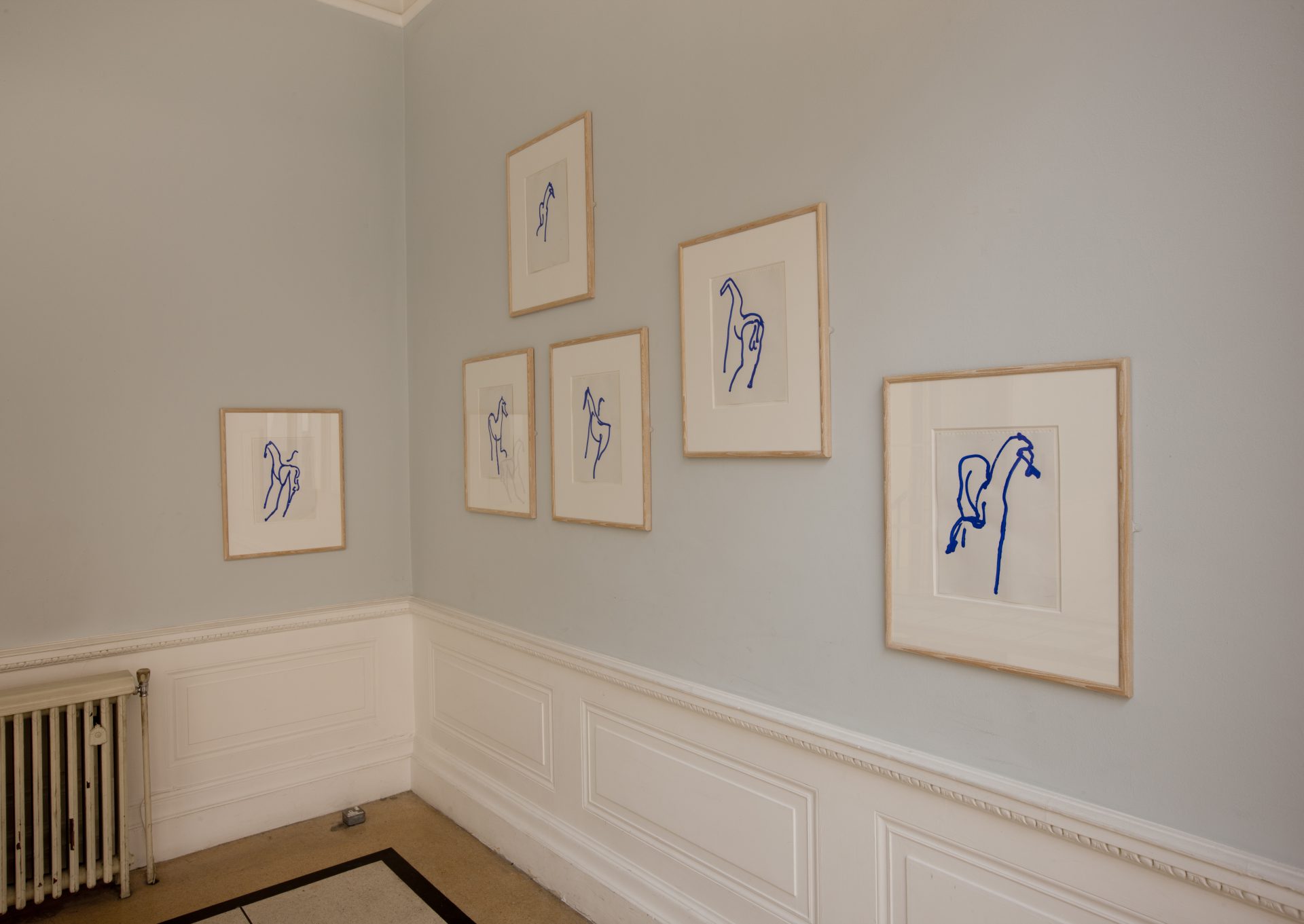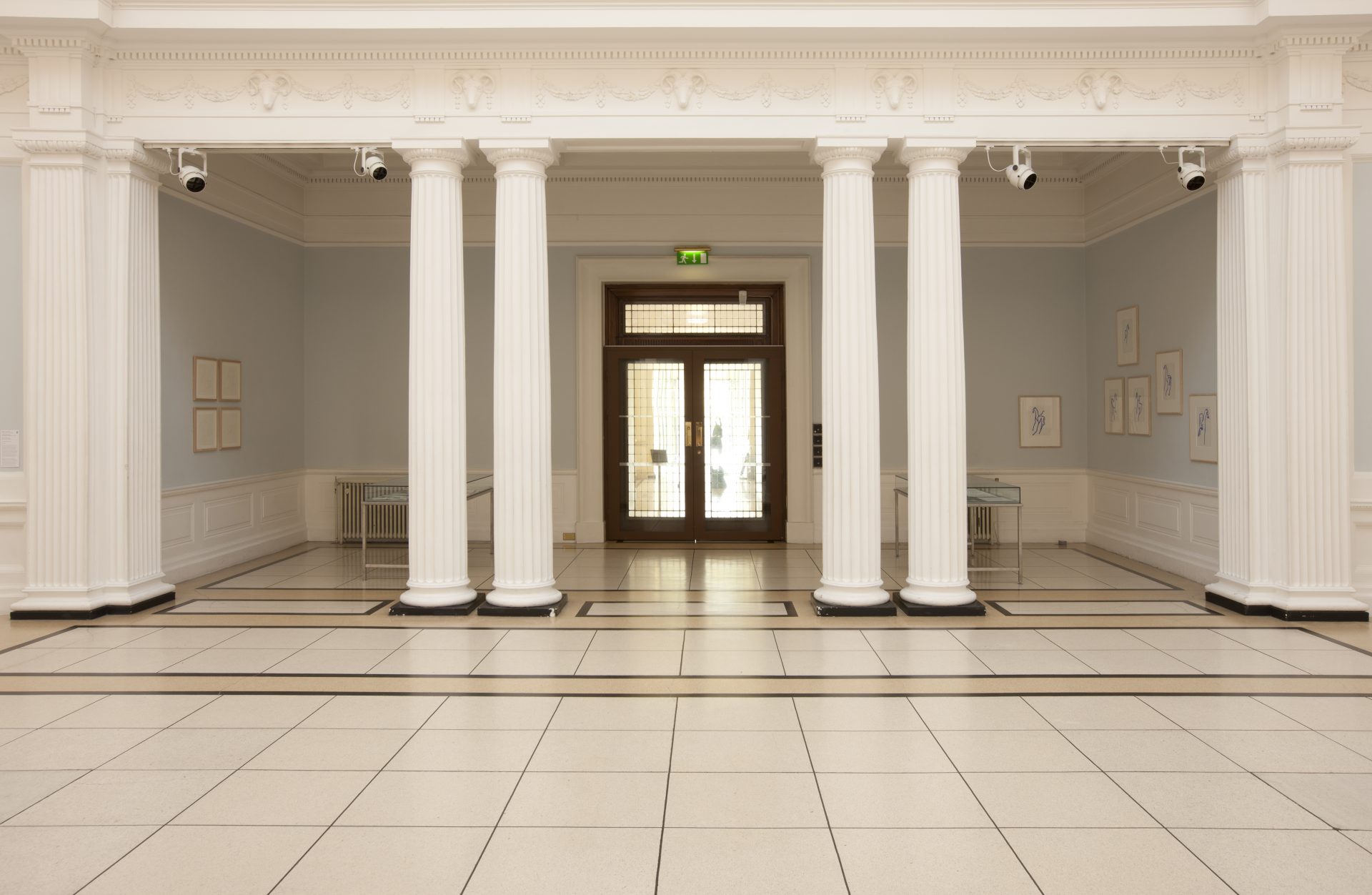On 22 February, the Gallery launched the facsimile edition of Silâns Magazine, the influential publication produced and edited between 1964 and 1965 by Barry Flanagan and his fellow students Alistair Jackson and Rudy Leenders in St. Martin’s School of Art. The Silâns editions – the title is taken from the phonetic spelling of silence in French – are a valuable insight into a period of significant artistic creativity, experimentation and enquiry in London.
In a letter to Anthony Caro during this period, Flanagan writes: “The Friday evening classes were good meat for my imagination. The classes prompted the writing of poetry, a play, film scripts, songs, the purchase of cine equipment and work on a means to translate movement and atmosphere into music. I might claim to be a sculptor and do everything else but sculpture. This is my dilemma.”
In the first issue, distinctions in the unseen are defined and characterised. An epigraph from Joyce’s Ulysses “everything speaks in its own way” is followed by “A prelude to a sculpture that has never been seen” and “A prelude to a sculpture that has never been seen before”.
In 2006, The Hugh Lane organised an outdoor exhibition, Barry Flanagan on O’Connell Street, comprising ten of Flanagan’s famous hare sculptures placed along Dublin’s main thoroughfare. In 1996 the artist donated Horse Mirrored: Sheep Boys: Cow Girls to The Hugh Lane.
A small exhibition of Barry Flanagan’s work on paper accompanies the launch of Silâns.
-
Profile
Barry Flanagan was a Welsh-Irish sculptor. His oeuvre consists of bronze representations of anthropomorphic figures, animals, and creatures of lore. Flanagan’s work employs an elongated stylization of form. He developed his idiosyncratic style within the context of his peers, who were focused on making austere, Minimalist sculpture. Born in 1941 in Prestatyn, Wales, he studied architecture at Birmingham College of Art and Crafts, and sculpture at Saint Martin’s School of Art in London. His works are in the collections of Hugh Lane Gallery, The Museum of Modern Art in New York, the National Gallery of Art in Washington D.C., the Tate Gallery in London, the Stedelijk Museum voor Actuele Kunst in Ghent, and the Walker Art Centre in Minneapolis, among others. Flanagan died in 2009.
-
Related Documents


















